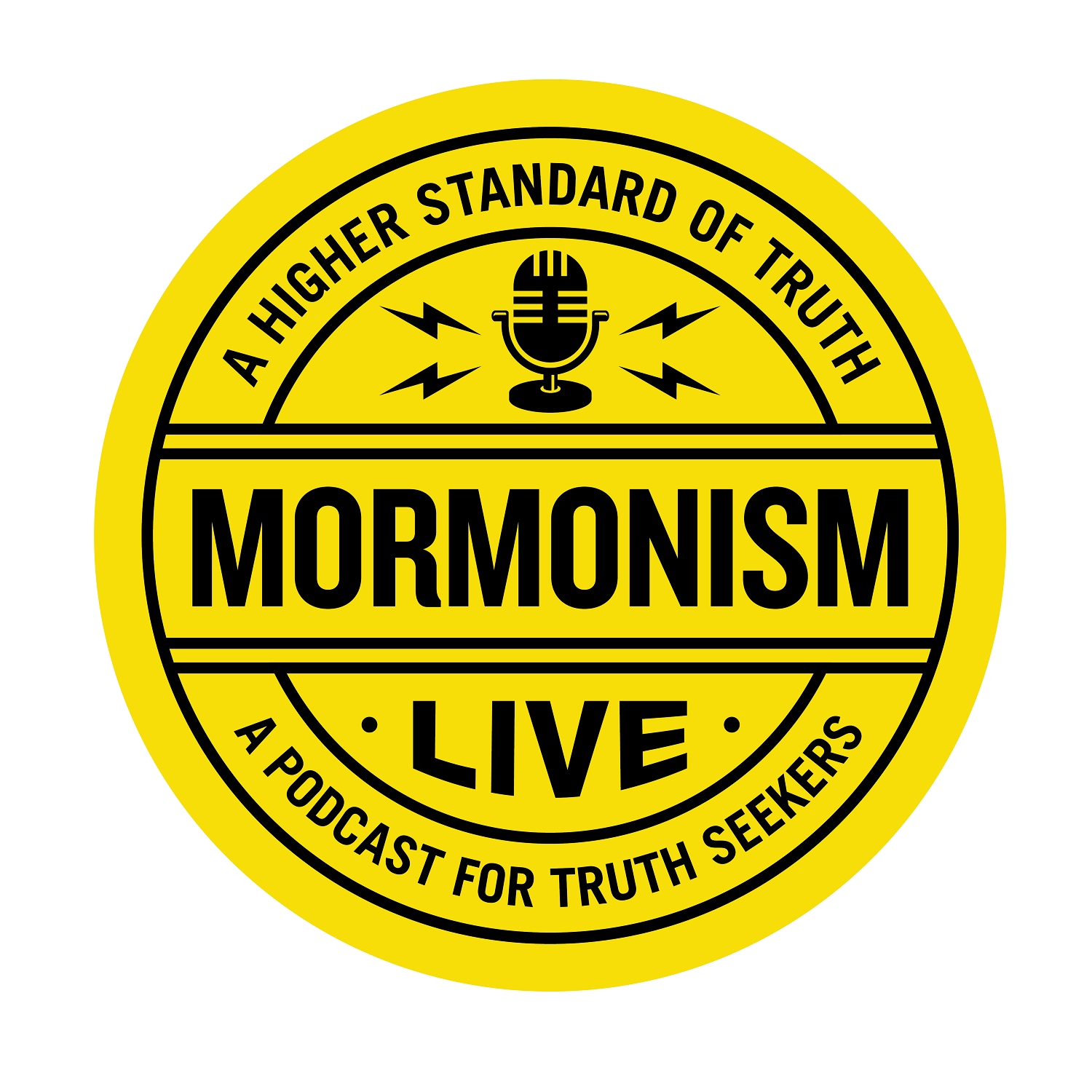- After-Shows
- Alternative
- Animals
- Animation
- Arts
- Astronomy
- Automotive
- Aviation
- Baseball
- Basketball
- Beauty
- Books
- Buddhism
- Business
- Careers
- Chemistry
- Christianity
- Climate
- Comedy
- Commentary
- Courses
- Crafts
- Cricket
- Cryptocurrency
- Culture
- Daily
- Design
- Documentary
- Drama
- Earth
- Education
- Entertainment
- Entrepreneurship
- Family
- Fantasy
- Fashion
- Fiction
- Film
- Fitness
- Food
- Football
- Games
- Garden
- Golf
- Government
- Health
- Hinduism
- History
- Hobbies
- Hockey
- Home
- How-To
- Improv
- Interviews
- Investing
- Islam
- Journals
- Judaism
- Kids
- Language
- Learning
- Leisure
- Life
- Management
- Manga
- Marketing
- Mathematics
- Medicine
- Mental
- Music
- Natural
- Nature
- News
- Non-Profit
- Nutrition
- Parenting
- Performing
- Personal
- Pets
- Philosophy
- Physics
- Places
- Politics
- Relationships
- Religion
- Reviews
- Role-Playing
- Rugby
- Running
- Science
- Self-Improvement
- Sexuality
- Soccer
- Social
- Society
- Spirituality
- Sports
- Stand-Up
- Stories
- Swimming
- TV
- Tabletop
- Technology
- Tennis
- Travel
- True Crime
- Episode-Games
- Visual
- Volleyball
- Weather
- Wilderness
- Wrestling
- Other
Mormonism LIVE: 101: The Third Convention
Apostasy is something the LDS Church show serious concern over. And why shouldn’t they knowing James Strang, Lorin C. Wooley, Denver Snuffer, Julie Rowe all have led Splinter Factions of one sort or another that have had influence over segments of Latter-day Saints. The idea that a few voices or even a single voice can sway large groups of people into disaffection has the Brethren always on guard. But often the heart of the issue is the lack of listening on the part of the Leaders themselves who can in fact be their own worst enemy. We dive into one such story where LDS Leadership and those they call to preside often become their very own stumbling block as we discuss “The Third Convention”.
Rey Lucero Pratt
Born October 11 1878
PRATT’S PARENTS
Pratt was born in Salt Lake City, Utah Territory, the fourth child of Helaman Pratt and Emmeline Victoria Billingsley Pratt.
When Rey was nine, the Pratts moved to Mexico to help settle Colonia Dublán, a Mormon colony in the northern state of Chihuahua. His father was settling in Mexico to escape being prosecuted by the United States federal government for practicing polygamy (Note to the audience that Helaman is a polygamist and has more than one wife). Rey grew up in Mexico, learning to appreciate its history and people.
Somewhere along the way he and at least some of his siblings became mexican citizens
REY PRATT & ORSON F WHITNEY & Hyrum Harris
Apostle Orson F. Whitney set Pratt apart as a missionary on 4 October 1906. On 1 November, Pratt arrived by train in Mexico City and reported to the mission home. He served for nearly a year under mission president Hyrum S. Harris, during which time he presided over the Toluca conference for seven months. Then, on 25 August 1907, Harris announced that Pratt would replace him as president of the Mexican Mission. Pratt was set apart by Harris on 29 September and the Pratts moved to Mexico City shortly thereafter.
Pratt started as president of the Mexican mission in 1907. Church membership in Mexico more than doubled during Pratt’s first six years as mission president. By 1911, over a thousand church members lived in the Mexican Mission.
THE CRISTERO REBELLION
[ Cristero Rebellion, a peasant uprising from 1926 to 1929, pushed Mexico to the brink of political chaos. The Cristeros generally saw the conflict as a religious war against the anticlericalism of the Mexican government. This anticlericalism originated in northern Mexico, where North American-style entrepreneurs, Protestant converts, and ambitious politicians built a movement to transform their traditionally Catholic nation into a center of secular economic expansion. The movement’s leading proponent, Plutarco Elías Calles (president of Mexico, 1924–1928), placed rigid regulations on the church, including required registration of priests and the closing of church schools. The church responded with a strike—the cessation of religious services—which caused a panic among the faithful. In Jalisco and the surrounding states of central Mexico, this panic sparked a peasant rebellion. Government claims that the rebels were superstitious tools of scheming priests were largely propaganda. Only about 45 of the 3,600 priests in Mexico supported the rebellion. The Cristeros were indigenous and mestizo peasants whose motives for rebellion were mixed. Most acted to defend their faith against an expansive secular state, while others seized the opportunity to demand more extensive land reform] – https://www.encyclopedia.com/h....umanities/encycloped

